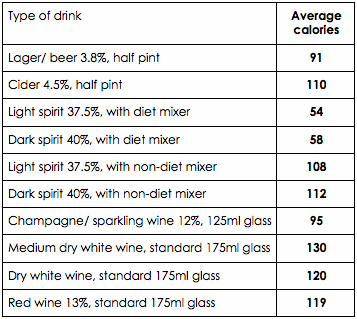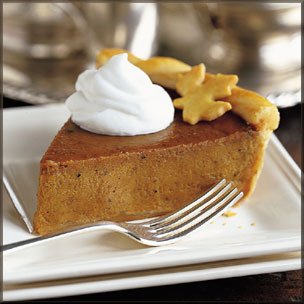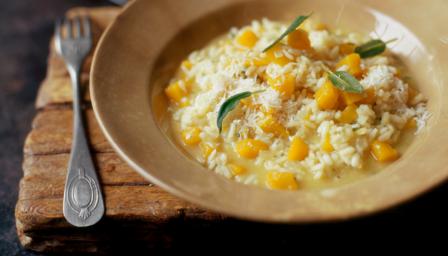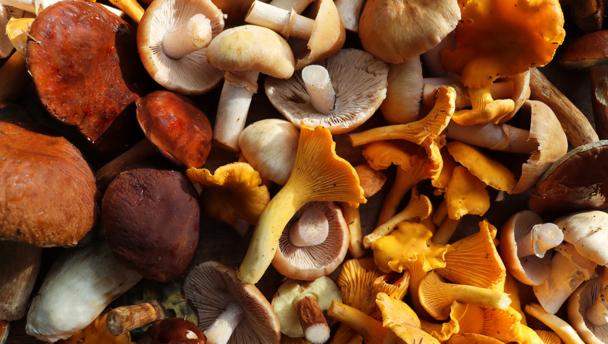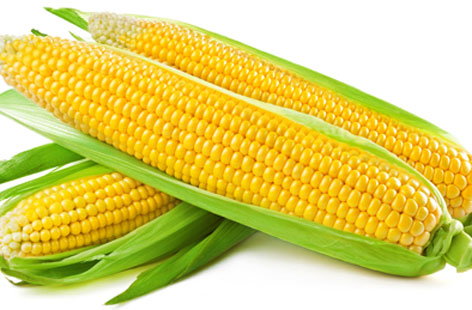With Christmas
just around the corner, alcoholic beverages seem to go hand in hand with
meeting treasured friends and loved ones, and with the police in most areas swearing
a ‘crack down on drink driving this Christmas’, it’s good to be aware of how
much you can drink. We all tend to enjoy trying new drinks at this time of
year, mulled wines, ports, liqueurs, and more, so here is a quick guide to the
amount of alcohol in each drink to help keep you driving legally, and make it
the best Christmas yet!
In addition
to this, I have looked at the calorie content for the most common drinks to
help you choose your tipple more carefully if you are trying to avoid putting
on any weight, but want to join in with this year frivolity!
Units in a serving:
If you’re
not sure of the units, remember this: The percentage of alcohol by volume (%abv),
for example wine is typically 12% abv, this is how many units there are in a
litre of this alcohol. So there are 12 units in a litre of 12% wine.
This table
is taken from the ‘Alcohol Education Trust’; visit their page for more
information and advice. http://alcoholeducationtrust.org/pics/units%20table.gif
As a rule of
thumb, it takes the body one hour to break down each unit of alcohol consumed,
so four pints of beer, had at 10pm, will not leave your system until 10am the
next morning. Something to keep in mind this Christmas, especially if driving
after a heavy night out!
Calories in a serving:
Note, these are half pints of beer and cider, and small glasses of
wine. So have four pints of beer, could tot up to 728kcal, and a few glasses of
wine could tot up 480kcal. If you are looking for a low calorie alternative, I
can recommend ‘Skinny Booze’, they have a great selection and some lovely Christmas
hampers available.
So a few points to take away with you this Christmas:
- Include water and other non-alcoholic beverages throughout the evening
- Avoid salty snacks when drinking alcohol as these will increase your feeling of thirst
- Make sure to eat before drinking heavily
- Be aware of what you are drinking, and set yourself a limit
- Tell your friends if you are trying to cut back on drinking so much, they will be supportive and make it easier for you
- Have half pints, smaller glasses of wine and smaller servings of alcohol
- Think about the strength of your drink, choose lower %abv drinks where possible


